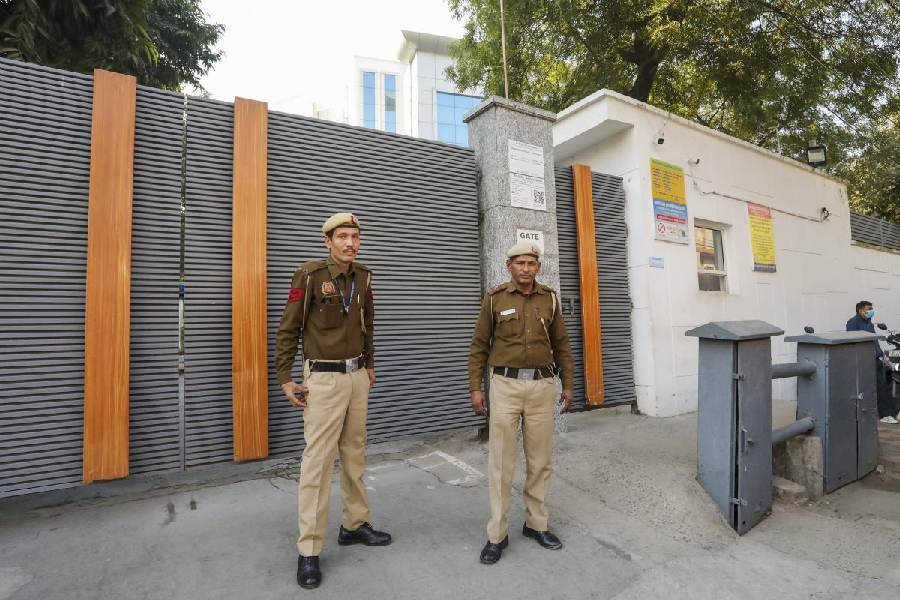

Patna/Bettiah: Hailstones weighing over 300gm rained on several parts of north Bihar - including the Sikta area in West Champaran, bordering Nepal - on Friday following a sudden change in weather during which gusty winds blew at 60-80kmph.
It damaged standing crops, mango florets as well as mango fruits still in the nascent stage of growth. One person died and another was injured in Bhorey block of Gopalganj district during the thunderstorm, the Gopalganj administration confirmed.
"Hailstorm is a natural phenomenon. However, the size of the hailstones are an indication of a turmoil in the upper atmosphere," said Nitish Priyadarshi, an environmentalist and assistant professor in the department of geology, Ranchi University. "I understand there is a huge temperature difference in the upper atmosphere, either because of climate change or global warming. A study becomes imminent."
Residents said the weather was quite normal in the morning. But around 9am, clouds started gathering. Soon, winds started blowing and torrential rain followed. Around 9.10am, it started raining hailstones.
"We've witnessed climate changes, but a king-size hailstorm is unheard of in the region," said Nafis Ahmad, head clerk at the Sikta government hospital. "Some of the hailstones weighed around 400gm."
The storm lasted around 25 minutes and damaged wheat and pulses crops. Residents of Bardahi, Kurshi Barwa, Bhawanipur, Sikta, Gardahi, Lalparsa, Jhumka, Gokhula and Rupwaliya villages were worst hit. "Today's hailstorm was nothing short of a natural calamity. I demand compensation for peasants from the state government," said Afaque Haider, social worker and director, National Public School. "Around 25-30 per cent of our crops were damaged."

The state disaster management department immediately swung into action, asking affected districts to submit a report on crop damage at the earliest so that compensation can be paid to affected farmers. "We have reports that the thunder squall affected West Champaran, East Champaran, Sitamarhi, Madhubani and Kishanganj districts," said a senior disaster management official. "Field officials from these districts will send reports on the basis of which compensation can be paid."
Agriculture official Anil Jha said rain does not cause much damage to standing crop of wheat, maize or mango florets and fruits, but gusty winds and hailstones damage both standing crop and mango fruits. "We had forecast possibility of rain and thunder three days ahead on the basis of synoptic features developing over Bihar," Patna Met office scientist Anand Shankar told The Telegraph. "One trough line at a height of 1.5km was extending from eastern Bihar to north Odisha. There was a cyclonic circulation over the eastern part of the state, at 0.9km above the surface, creating a favourable condition for thunder squalls." He said a western disturbance, too, was passing over parts of the state.
The thunder squall accompanied by hailstorm brought day temperature down by almost 6°C in the affected districts. In Patna day temperature fell by 4°C. Shankar said a few places in the state could experience thunder on Saturday, but its intensity would be less. The India Meteorological Department said thunderstorm, lightning and light to moderate rain with wind speeds of 50-60kmph are likely to hit parts of East Champaran, West Champaran, Siwan and Gopalganj districts on Friday evening.










